Traveling opens up incredible experiences, though some destinations present unexpected health challenges that can transform your dream vacation into a medical ordeal. Certain cities worldwide have earned reputations for making visitors ill from contaminated water supplies to extreme air pollution.
This doesn’t mean you should skip these amazing places entirely. Here’s a list of 16 cities where tourists often get sick, along with the specific health challenges each location presents.
Delhi

Delhi’s air pollution reaches hazardous levels that’ll make even healthy travelers feel like they’ve been breathing through a dusty mask for weeks. The city regularly tops global pollution charts — particulate matter gets so thick you can actually taste it.
Tourists frequently develop respiratory issues, eye irritation, and throat problems within days of arrival, while the combination of vehicle emissions, industrial pollution, and seasonal crop burning creates a toxic environment that’s particularly harsh on visitors from cleaner areas.
Bangkok
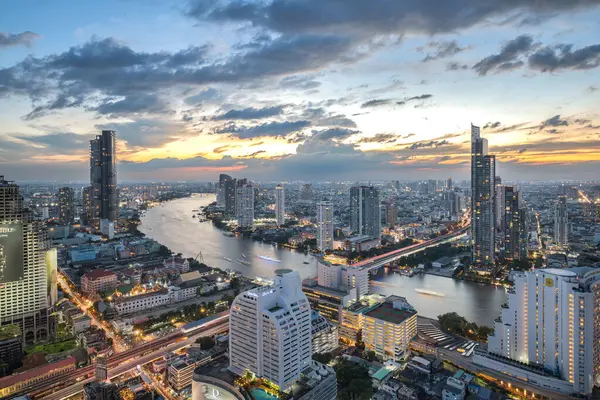
Thailand’s bustling capital serves up incredible street food alongside some serious stomach troubles for unprepared tourists. The combination of intense heat, questionable food handling practices, and different bacterial strains creates perfect conditions for digestive disasters.
Many travelers experience what locals call ‘Bangkok belly’ — a delightful mix of diarrhea, nausea, and cramping that can persist for days, though the city’s tap water adds another layer of risk with bacteria and parasites that Western stomachs simply can’t handle.
Like Travel Pug’s content? Follow us on MSN.
Mexico City

Sitting at over 7,300 feet above sea level, Mexico City hits visitors with altitude sickness and pollution-related health issues simultaneously. The thin air leaves many tourists feeling dizzy, nauseous, and completely drained for their first few days — yet add in the city’s notorious smog problem, and you’ve got breathing difficulties that feel like running a marathon through exhaust fumes.
The combination of reduced oxygen and toxic air particles proves especially challenging for visitors accustomed to sea-level living.
Cairo
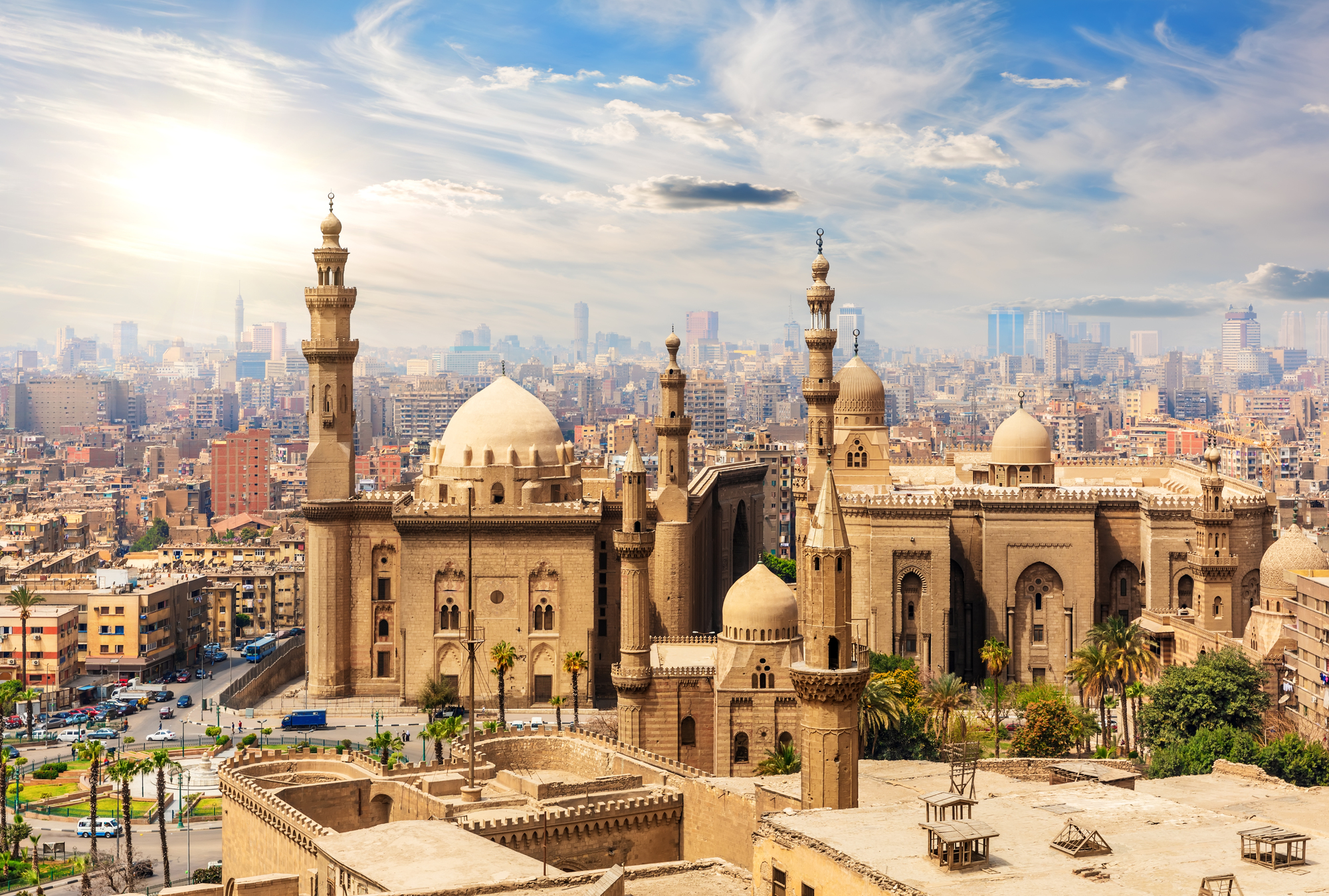
Egypt’s sprawling capital presents multiple health challenges that can turn your pyramid visit into a pharmacy run. The city’s ancient infrastructure struggles with modern sanitation needs — leading to widespread water contamination and food safety issues that regularly affect tourists.
Visitors commonly fall victim to stomach ailments, respiratory infections from dust and pollution, plus skin irritations from poor air quality, while the intense desert heat combined with urban pollution creates an environment that’s particularly harsh on immune systems.
Kathmandu
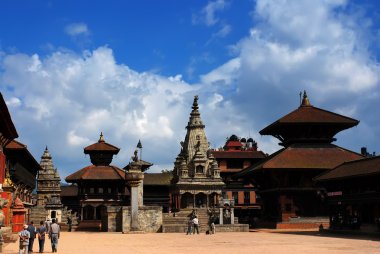
Nepal’s mountain capital sits in a valley that traps pollution like a dirty fishbowl — creating air quality that rivals some of the world’s most contaminated cities. Vehicle emissions, brick kilns, and dust from unpaved roads combine to create a toxic haze that irritates the lungs and eyes.
Many tourists develop severe respiratory symptoms, persistent coughs, and sinus infections within days, though the city’s elevation at 4,600 feet also contributes to mild altitude sickness that adds fatigue and headaches to the mix.
Like Travel Pug’s content? Follow us on MSN.
Marrakech
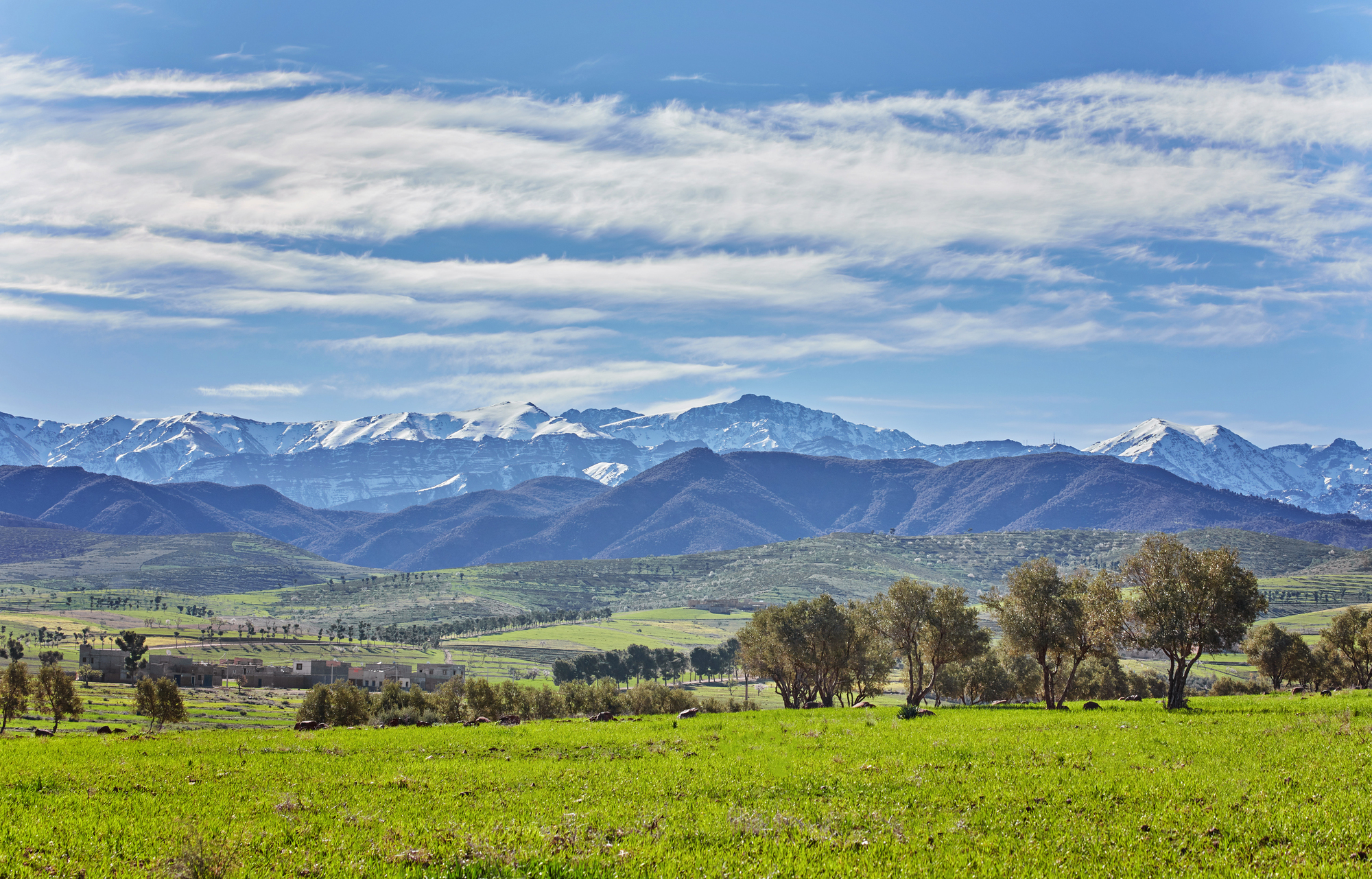
Morocco’s vibrant tourist hub combines intense heat with challenging sanitation conditions that can quickly derail vacation plans. Traditional food preparation methods and hot climate create ideal conditions for bacterial growth — leading to frequent food poisoning cases among tourists.
Many visitors experience severe digestive issues from contaminated water or improperly stored food, especially during scorching summer months, while the combination of unfamiliar spices, different cooking standards, and extreme temperatures creates perfect conditions for stomach troubles.
Lima

Peru’s coastal capital surprises many tourists with its pollution levels and water quality issues — despite its modern appearance in many districts. The city’s location creates a natural inversion layer that traps smog and industrial emissions, leading to respiratory problems for sensitive visitors, yet Lima’s tap water contains bacteria and parasites that can cause severe gastroenteritis.
The city’s seafood, while delicious, can also pose risks due to coastal pollution and varying refrigeration standards.
Dhaka
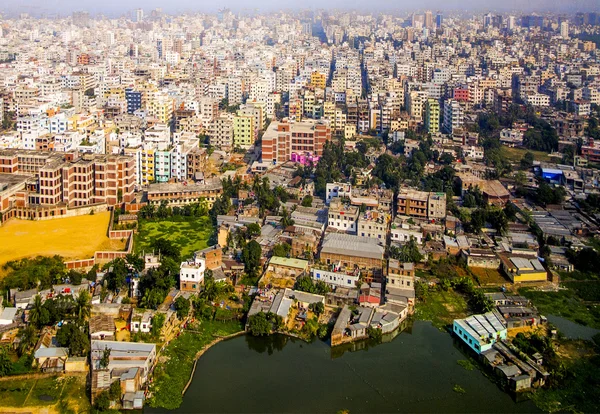
Bangladesh’s capital presents some of the most challenging health conditions for tourists anywhere worldwide. Extreme air pollution, contaminated water supplies, and poor sanitation infrastructure create a triple threat for visitor health — tourists commonly develop respiratory infections, severe diarrhea, and skin irritations within hours of arrival.
The city’s overcrowded conditions and limited waste management systems contribute to illness spread that can quickly overwhelm unprepared immune systems.
Like Travel Pug’s content? Follow us on MSN.
Jakarta
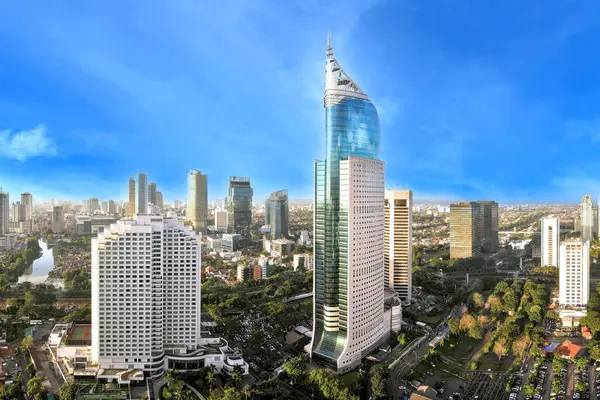
Indonesia’s massive capital combines tropical heat with serious pollution problems that can knock tourists sideways. The city’s air quality regularly reaches unhealthy levels due to traffic congestion, industrial emissions, and seasonal forest fires from surrounding areas — many visitors develop breathing difficulties, persistent coughs, and eye irritation that can last throughout their stay.
High humidity and poor air quality create conditions that feel like inhaling through a wet, dirty cloth.
Cusco
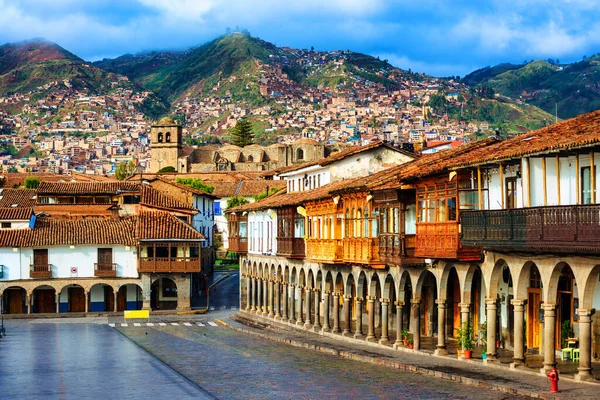
This historic Peruvian city sits at over 11,000 feet above sea level, making altitude sickness almost inevitable for most tourists. The dramatic elevation change from sea level can cause severe headaches, nausea, dizziness, and complete exhaustion lasting several days — many visitors underestimate just how debilitating altitude sickness can be.
They find themselves bedridden when they’d planned to explore ancient ruins, since the city’s thin air contains about 40% less oxygen than at sea level.
Agra

India’s Taj Mahal city combines intense pollution with water and food safety issues that regularly sideline tourists. Air quality rivals Delhi’s worst days, creating respiratory problems for visitors trying to enjoy outdoor sightseeing.
Many tourists fall victim to stomach issues from contaminated food or water, particularly during hot summer months when bacteria multiply rapidly. Vehicle emissions, industrial pollution, and poor waste management create an environment that’s particularly challenging for Western immune systems.
Like Travel Pug’s content? Follow us on MSN.
La Paz
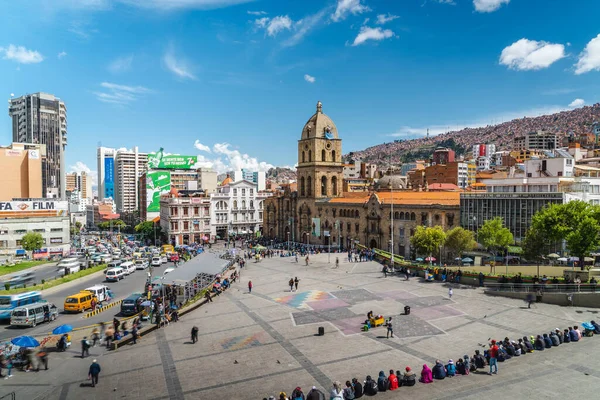
Bolivia’s administrative capital sits at a breathtaking 12,000 feet above sea level. This makes it one of the world’s highest capital cities and a guaranteed challenge for most tourists. The extreme altitude causes severe altitude sickness symptoms, including splitting headaches, nausea, and complete physical exhaustion that can last up to a week.
Many visitors find themselves unable to walk more than a few blocks without becoming completely winded and dizzy, since the city’s thin air contains so little oxygen that even locals from lower elevations struggle when they first arrive.
Mumbai

India’s financial capital presents a complex mix of pollution, sanitation challenges, and tropical diseases that can quickly overwhelm tourists’ immune systems. The city’s air quality problems stem from massive traffic congestion and industrial activities.
This leads to respiratory issues for many visitors, while the monsoon season brings additional risks with waterborne diseases and increased bacterial growth in humid conditions. The combination of extreme population density and infrastructure challenges creates health risks that can affect tourists within hours of arrival.
Quito
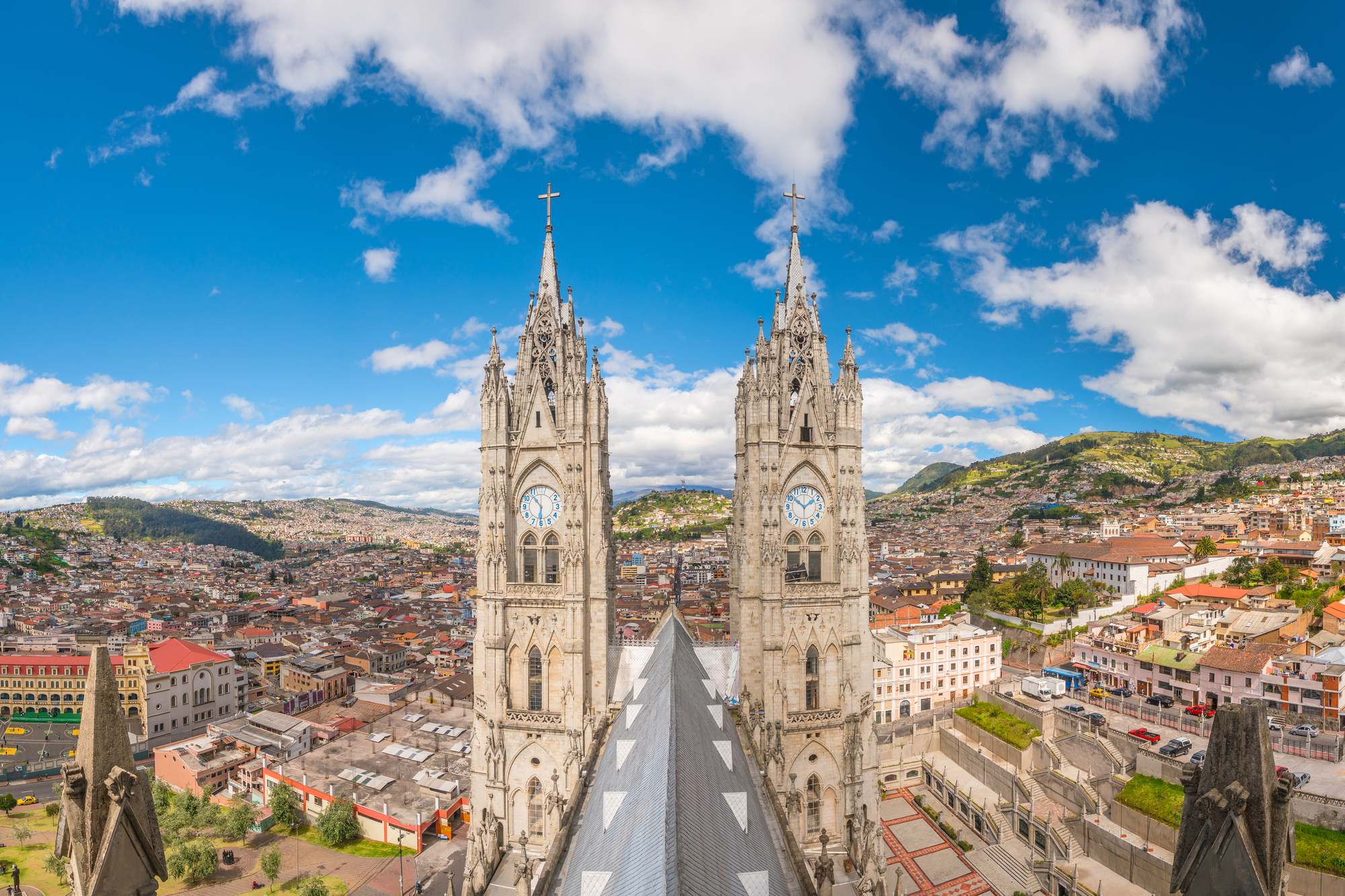
Ecuador’s capital city perches at over 9,300 feet above sea level, creating altitude-related health challenges for most sea-level visitors. The high elevation causes headaches, nausea, and severe fatigue that can completely derail sightseeing plans for several days.
Many tourists also experience breathing difficulties and sleep problems as their bodies struggle to adjust to reduced oxygen levels, though the city’s location near the equator means intense UV radiation at altitude leads to severe sunburns even on cloudy days.
Like Travel Pug’s content? Follow us on MSN.
Ulaanbaatar
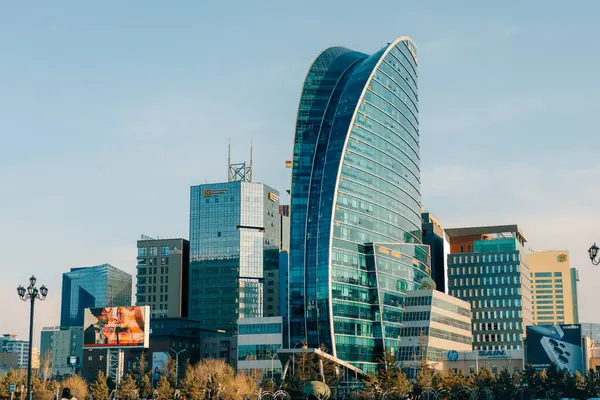
Mongolia’s capital city faces extreme seasonal pollution that can make breathing feel like a contact sport during winter months. Coal burning for heat, vehicle emissions, and geographic factors combine to create air quality that regularly exceeds dangerous levels.
Many tourists develop severe respiratory symptoms, persistent coughs, and eye irritation that can last throughout their visit, while the city’s extreme continental climate presents additional challenges with temperature swings that stress immune systems and contribute to illness.
Addis Ababa

Ethiopia’s high-altitude capital sits at over 8,000 feet above sea level while dealing with significant air quality and sanitation challenges. The elevation causes mild to moderate altitude sickness for many visitors, including headaches, fatigue, and digestive issues.
The city’s air pollution from vehicles and industrial sources combines with dust from surrounding areas to create respiratory problems for sensitive tourists, yet water quality concerns and food safety issues add another layer of health risks that many travelers struggle with throughout their stay.
When Ancient Cities Meet Modern Realities
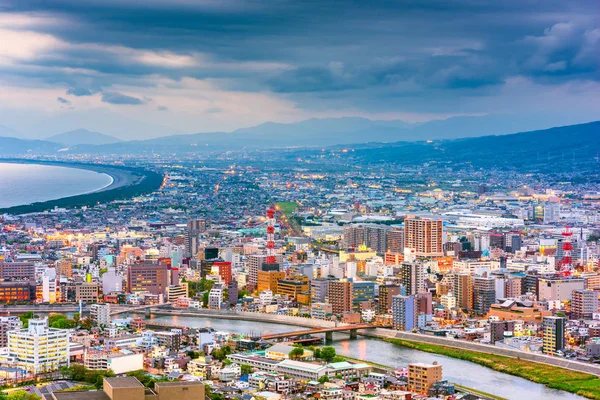
These urban destinations remind us that incredible cultural experiences often come with health trade-offs that previous generations of travelers never had to consider. Many of these cities have grown rapidly without adequate infrastructure to handle modern pollution and sanitation needs.
This creates environments that challenge even the most prepared tourists, while the rise of global air travel has made these destinations more accessible than ever. Yet our bodies haven’t evolved to handle the environmental stresses they present.
Smart preparation — including proper medications, water purification methods, and realistic expectations about adjustment periods — can help modern travelers navigate these challenges while still experiencing the incredible cultures these cities offer.
Like Travel Pug’s content? Follow us on MSN.
More from Travel Pug

- 20 Best Beach Towns in the Carolinas
- 13 Destinations Where Tourists Regularly Regret Their Trip
- 20 Things You Actually Get in First Class
- 20 Small Airports With Aviation Museums
- 20 Places in the U.S. That Are Perfect for a Reset Trip
Like Travel Pug’s content? Follow us on MSN.
